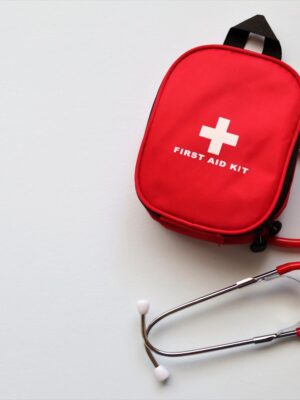Disaster preparedness
As Rainy season approaches, so does earthquake and volcano eruption along with an increased threat of flooding and block out
It’s important to do everything you can not to leave disaster preparedness to chance. Although we can’t control when or where disasters happen, we can take the luck out of preparing for them!
Here are some ways you can leave the luck behind and prepare for disasters:


Know Your Risk
Being aware of the risks in the areas you live and work helps you to better prepare for disasters. If you know that your area is at risk of flooding, you know that you need to understand the dangers, when one might be coming and where to take shelter. For example, your plan may be different in the Southeast, where nighttime typhoon are more common.
To make sure you’ll be notified about disasters and emergencies in your area, it’s a good idea to have several ways to receive emergency alerts.
For Philippines pls go to this website https://www.cdp.org.ph/
For USA Download the FEMA app to receive real-time alerts from the National Weather Service for up to five locations nationwide. Don’t forget to use the app to sign up for community alerts in your area.
Make a Plan


Build a Kit
You may need to evacuate quickly or shelter for long periods of time during a disaster. Having the supplies you need during these moments will mean you have less to worry about.
Basic Disaster Supplies Kit
To assemble your kit store items in airtight plastic bags and put your entire disaster supplies kit in one or two easy-to-carry containers such as plastic bins or a duffel bag.
A basic emergency supply kit could include the following recommended items:
- Water (one gallon per person per day for several days, for drinking and sanitation)
- Food (at least a several-day supply of non-perishable food)
- Battery-powered or hand crank radio and a NOAA Weather Radio with tone alert
- Flashlight
- First aid kit
- Extra batteries
- Whistle (to signal for help)
- Dust mask (to help filter contaminated air)
- Plastic sheeting and duct tape (to shelter in place)
- Moist towelettes, garbage bags and plastic ties (for personal sanitation)
- Wrench or pliers (to turn off utilities)
- Manual can opener (for food)
- Local maps
- Cell phone with chargers and a backup battery
- Masks (for everyone ages 2 and above), soap, hand sanitizer, disinfecting wipes to disinfect surfaces
- Prescription medications. About half of all Americans take a prescription medicine every day. An emergency can make it difficult for them to refill their prescription or to find an open pharmacy. Organize and protect your prescriptions, over-the-counter drugs, and vitamins to prepare for an emergency.
- Non-prescription medications such as pain relievers, anti-diarrhea medication, antacids or laxatives
- Prescription eyeglasses and contact lens solution
- Infant formula, bottles, diapers, wipes and diaper rash cream
- Pet food and extra water for your pet
- Cash or traveler’s checks
- Important family documents such as copies of insurance policies, identification and bank account records saved electronically or in a waterproof, portable container
- Sleeping bag or warm blanket for each person
- Complete change of clothing appropriate for your climate and sturdy shoes
- Fire extinguisher
- Matches in a waterproof container
- Feminine supplies and personal hygiene items
- Mess kits, paper cups, plates, paper towels and plastic utensils
- Paper and pencil
- Books, games, puzzles or other activities for children
- Maintaining Your Kit
After assembling your kit remember to maintain it so it’s ready when needed:
- Keep canned food in a cool, dry place.
- Store boxed food in tightly closed plastic or metal containers.
- Replace expired items as needed.
- Re-think your needs every year and update your kit as your family’s needs change.Kit Storage Locations
- Home: Keep this kit in a designated place and have it ready in case you have to leave your home quickly. Make sure all family members know where the kit is kept.
- Work: Be prepared to shelter at work for at least 24 hours. Your work kit should include food, water and other necessities like medicines, as well as comfortable walking shoes, stored in a “grab and go” case.
- Car: In case you are stranded, keep a kit of emergency supplies in your car.
Don’t leave preparing for disasters to chance!
Visit Ready.gov for more tips on how to prepare for disasters.
Please be prepared and its not too late…be always aware to your surroundings and get ready.